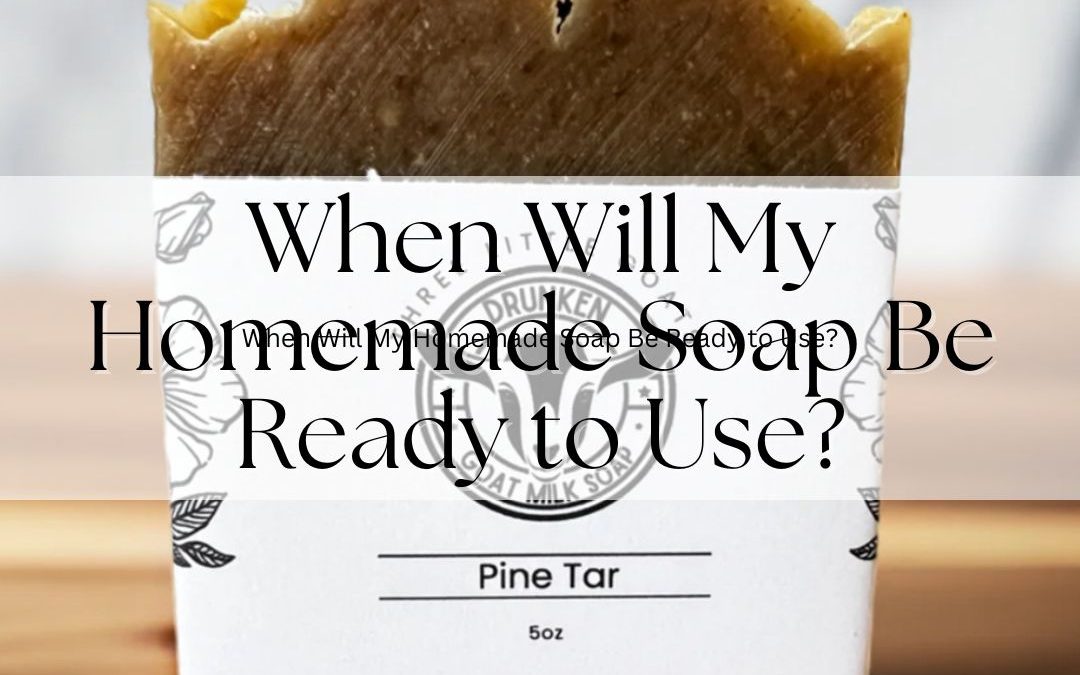This post may contain affiliate links, to learn more about them, check out our Disclosure.
Creating your own soap is a rewarding endeavor, but understanding when it’s safe and optimal to use is crucial. The readiness of homemade soap hinges on the curing process, a vital phase that enhances the soap’s quality and ensures its safety.
Understanding the Curing Process
Curing involves allowing the soap to rest in a controlled environment, enabling excess water to evaporate and the soap’s chemical structure to stabilize. This process results in a harder, longer-lasting bar with improved lather and gentler skin feel.
How Long Should I Cure My Soap?
While some soapmakers may use their creations shortly after saponification (the chemical reaction that turns oils and lye into soap), it’s generally recommended to cure soap for 4 to 6 weeks. This duration allows for optimal hardness and mildness.
Factors Influencing Curing Time
Several elements can affect how long your soap needs to cure:
- Recipe Composition: Soaps with higher olive oil content may require longer curing times.
- Humidity and Temperature: A warm, dry environment accelerates curing, while a cool, humid setting may slow it down.
- Soap Size: Larger bars retain moisture longer than smaller ones.
Determining When Your Soap Is Ready
To assess if your soap is adequately cured:
- Visual Inspection: Look for a uniform color and a firm texture.
- Touch Test: Gently press the soap; it should feel solid and not soft or mushy.
- Lather Test: Rub the soap between your hands; a well-cured bar produces a rich, stable lather.
- Skin Test: Apply the soap to a small skin area; it should feel gentle without irritation.
- Weighing the Soap: Weigh your soap every few days during the curing process. As the soap cures, it loses moisture and becomes lighter. A significant reduction in weight can indicate that most of the water has evaporated, signaling that the soap is nearing readiness. A bar that has lost around 10% of its original weight is often a good indicator that it’s properly cured.
Why Curing Matters
Proper curing ensures that the soap is safe, effective, and pleasant to use. Using soap before it’s fully cured can lead to a softer bar that dissolves quickly and may not lather well. Additionally, insufficient curing might result in a soap that’s too harsh for the skin.
Conclusion
Patience is key in soap making. By allowing your homemade soap to cure properly, you ensure a product that’s both enjoyable and beneficial for your skin. Remember, the 4 to 6 weeks curing time is a general guideline; always consider your specific recipe and environmental conditions.
Want to learn more about soap making? Check out our YouTube Channel!



